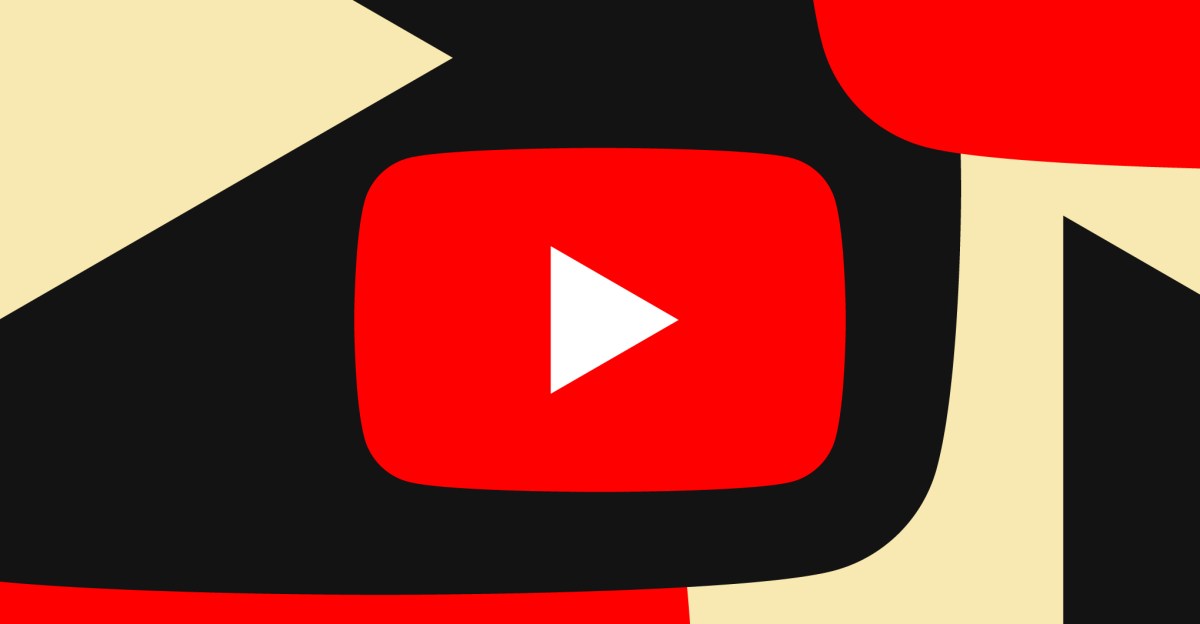YouTube’s Bold Move: Fewer Interruptive Ads on the Horizon
In a significant shift aimed at enhancing user experience, YouTube is set to reduce the number of ads in interruptive slots, promising a smoother viewing journey. This decision could redefine ad strategies for content creators and marketers alike. As the platform continues to evolve, this move indicates YouTube’s commitment to prioritizing viewer satisfaction while maintaining its revenue streams. The implications of this change are vast, influencing not only how ads are presented but also how creators engage with their audience.
The Current Landscape of YouTube Advertising
YouTube has long been synonymous with video content, but its advertising model has often drawn criticism. Viewers frequently express frustration over the frequency and placement of ads, particularly those that interrupt videos mid-play. These interruptive ads, while lucrative for the platform, can disrupt the flow of content and lead to viewer fatigue. In response to this feedback, YouTube’s recent decision to scale back on interruptive ads marks a pivotal moment in its advertising strategy.
The platform has historically relied on various ad formats:
- Skippable Ads: Viewers can skip after five seconds, allowing for some control over the ad experience.
- Non-Skippable Ads: These ads are fixed at 15 to 20 seconds, forcing viewers to watch them in full.
- Bumper Ads: Short, six-second ads designed to be memorable yet non-intrusive.
- Overlay Ads: Semi-transparent ads that appear on the lower portion of a video, allowing for a less disruptive experience.
Despite the variety, many users have found non-skippable ads particularly irksome, leading to a surge in ad-blocker usage and a general decline in user satisfaction. YouTube’s new strategy to reduce interruptive ads could signal a shift towards a more viewer-friendly approach that enhances engagement and retention.
Why Is YouTube Making This Change?
The decision to minimize interruptive ads stems from several key factors:
- User Experience: Increasingly, audiences are prioritizing seamless viewing experiences. By reducing interruptions, YouTube aims to foster a more enjoyable platform.
- Competitive Pressure: With the rise of competitors like TikTok and streaming services offering ad-free experiences, YouTube must innovate to retain its audience.
- Creator Feedback: Content creators have voiced concerns about viewer drop-off during ad breaks. By minimizing interruptions, creators can maintain audience engagement and boost their overall performance.
Ultimately, YouTube is responding to the evolving landscape of digital content consumption, where viewers demand more control and less disruption. By prioritizing user experience, YouTube seeks to enhance viewer loyalty and satisfaction.
The Impact on Content Creators and Marketers
YouTube’s bold move to cut back on interruptive ads will have ripple effects throughout the community of content creators and marketers. Here’s how:
Content Creators
For creators, fewer interruptive ads could lead to:
- Increased Viewer Retention: With fewer interruptions, viewers are likely to stay engaged with content for longer periods, potentially boosting watch time metrics.
- Enhanced Brand Partnerships: Brands may favor partnerships with creators who can offer a more pleasant viewing experience, leading to better monetization opportunities.
- Creative Freedom: Content creators can focus on storytelling and engagement rather than worrying about ad placements that disrupt their narrative flow.
Marketers
Marketers will also need to adapt to this new landscape:
- Strategic Ad Placement: With fewer interruptive ads, marketers may need to rethink their strategies. They might focus more on integrating ads into the content naturally or utilizing non-intrusive formats.
- Emphasis on Quality Content: As viewers become more selective, the quality of ads will play a crucial role. Engaging, entertaining ads could see better performance in this new environment.
- Analytics and Insights: Marketers will need to leverage data analytics to understand viewer behavior in this evolving landscape, allowing them to target their audiences more effectively.
Potential Challenges Ahead
While YouTube’s initiative to limit interruptive ads is promising, it is not without its challenges. Some potential hurdles include:
- Revenue Implications: Reducing the number of ads may impact YouTube’s revenue, leading to concerns about how this will affect the platform’s sustainability.
- Adjusting to New Formats: Both creators and marketers will need time to adapt to the new advertising landscape, which could initially create friction in execution.
- Viewer Expectations: As users become accustomed to fewer interruptions, their expectations for ad-free experiences may grow, putting additional pressure on YouTube to innovate further.
Conclusion: A New Era for YouTube Advertising
YouTube’s bold move towards fewer interruptive ads signifies a profound shift in its approach to advertising, one that prioritizes user experience without sacrificing revenue potential. As the platform aims to deliver a smoother viewing journey, both content creators and marketers must adapt to this new paradigm. With a focus on quality engagement, innovative ad placements, and viewer satisfaction, YouTube is poised to redefine the advertising landscape for video content.
As this evolution unfolds, it will be fascinating to see how users, creators, and brands navigate these changes, collaboratively shaping the future of digital advertising. Ultimately, YouTube’s commitment to enhancing the viewer experience could lead to a more vibrant, engaging, and sustainable ecosystem for all stakeholders involved.
See more Future Tech Daily

